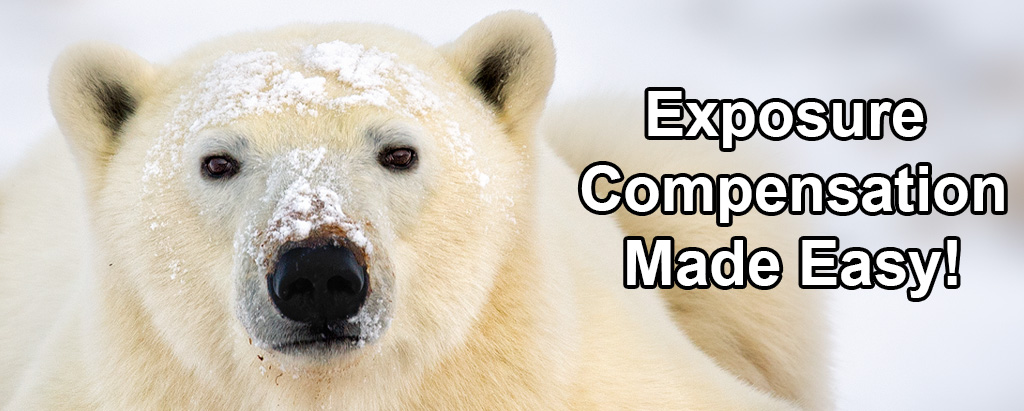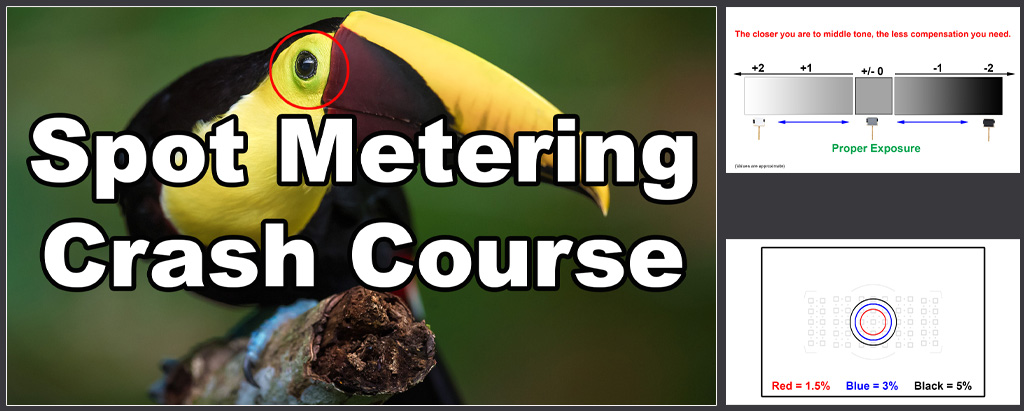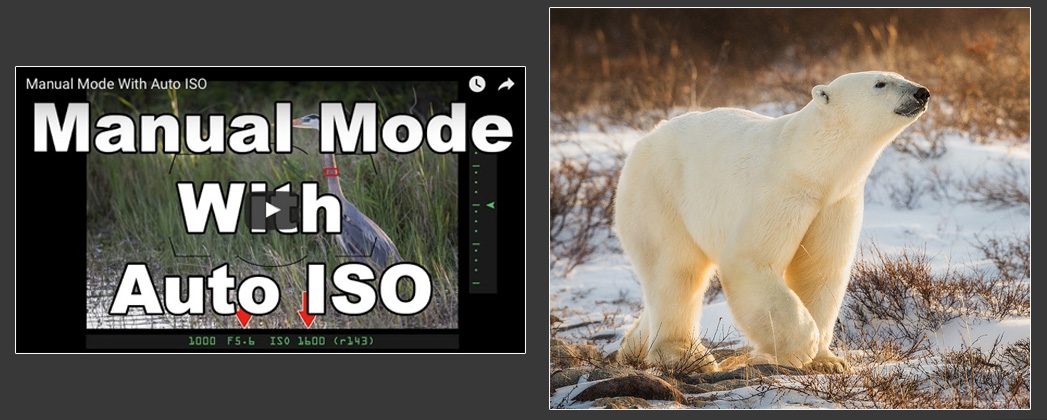LouiedS2000
New member
Need some advise on auto iso, on a bright sunny day i cannot adjust for proper exposure. All my images are over exposed, on a dark situation I can adjust for proper exposure by using command dials. Auto iso on manual mode. Please advise. Z9- V. 5.0
Thank you
Louie D
Thank you
Louie D
Last edited:




